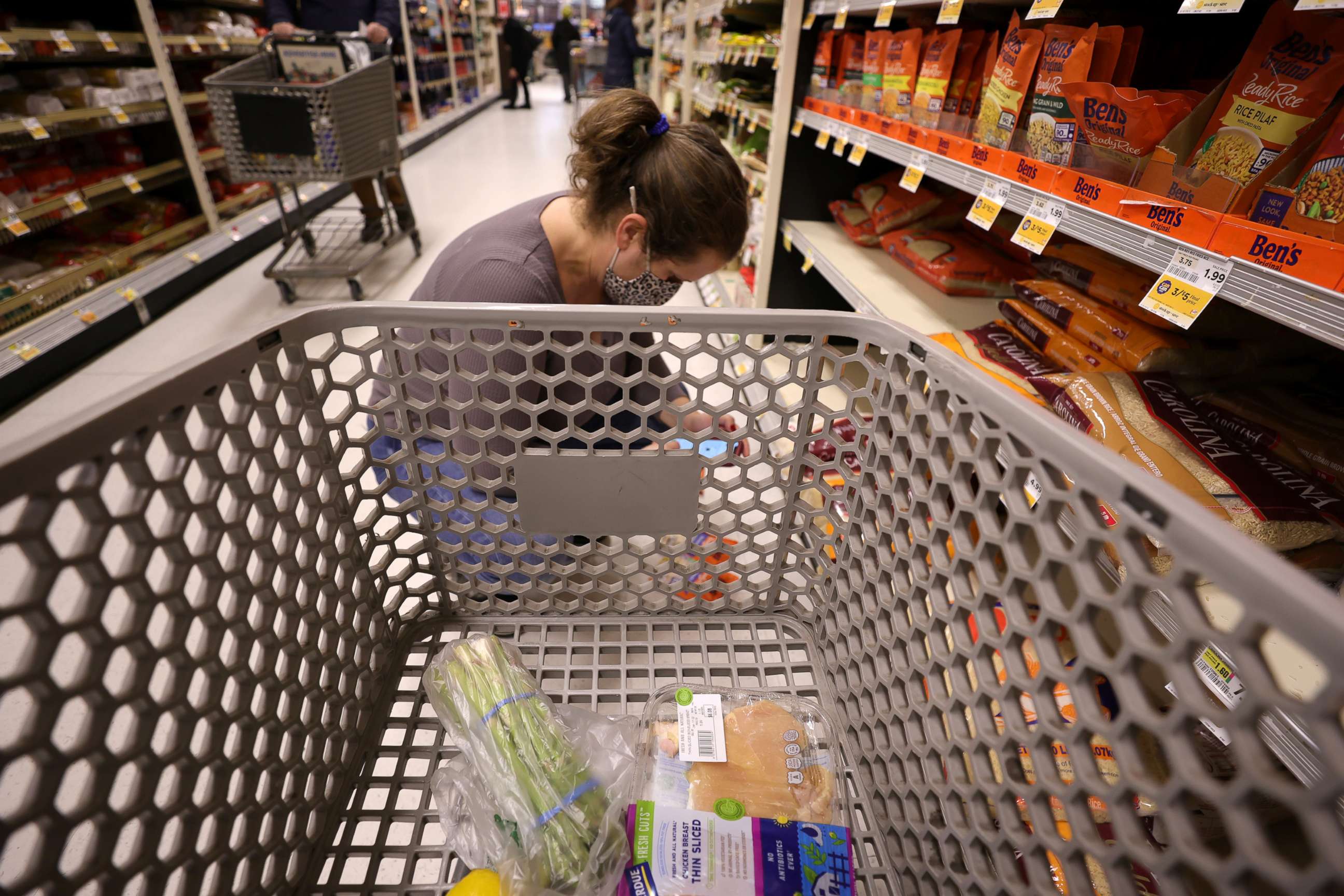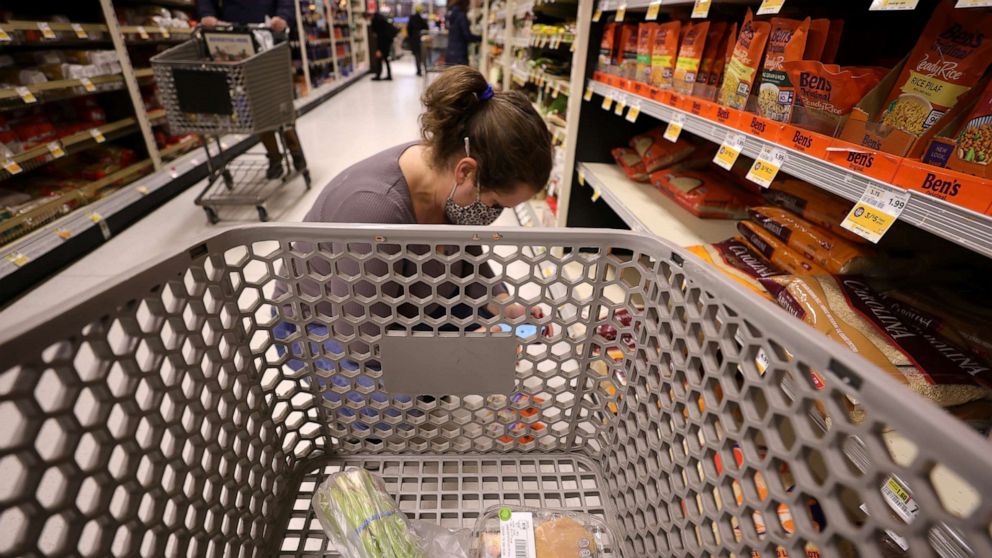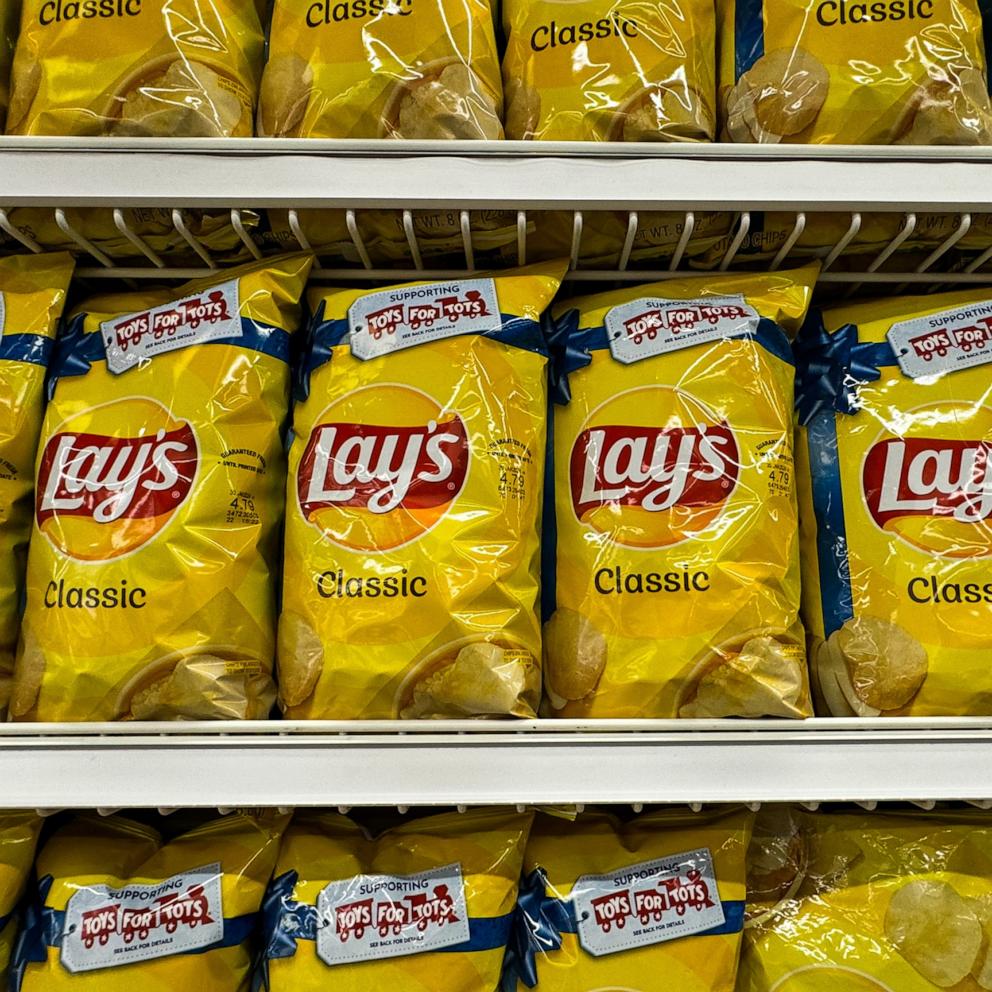Smart swaps from cheese to ice cream to save money at the grocery store amid rising prices

With the cost of groceries rising, "Good Morning America" is sharing how consumers can keep costs down while keeping the kitchen full during this price surge.
Food prices, impacted by bad weather, production, distribution and labor issues, have climbed nearly 7% in 2021, according to government data.
Phil Lempert, editor of The Supermarket Guru, has smart swaps on fish and cheese, as well as something to keep an eye out for in the frozen foods section to help lower the total cost at checkout.

An array of product shortages have made headlines, the latest being a global potato shortage due to supply chain disruptions, which, according to The Washington Post, have not been available in some countries and fast-food chains.
"It's all about climate change. If we look at what's going on with the potato crops throughout the entire world, we have less yields than ever before," Lempert said. "And what that means for us Americans, we consume about 30 pounds of French fries every year. So the bottom line is it hasn't hit the U.S. yet. We're seeing it in Asia, we're seeing it in Africa, but there are going to be shortages when it comes to french fries."
In addition to potatoes, celery and other vegetables could see a markup in 2022 due to increased freight costs, according to The Wall Street Journal. Some supermarket executives expect to pass the higher costs onto consumers. Imported wine, beer and liquor could also get more expensive.
Smart Swaps at the Grocery Store
Buy frozen fish
With the cost of meat up nearly 21% in the past year and fresh seafood up nearly 11%, Lempert said to head for the frozen food section rather than the fish counter.
Many times it's the same or better quality because fish is frozen directly on the boat where it was caught and many fish counters will have small tabs or signs that read "previously frozen."
Opt for pre-wrapped cheeses
Dairy prices have stayed pretty steady over the past year, but experts have indicated consumers could see some increases as a result of labor, energy costs, transportation, packaging cost increases as well as the price of feed for milk-producing cows.
Lempert suggests swapping gourmet cheese for pre-wrapped cheeses.
"There is a standard of identity that the USDA sets on certain cheese -- Colby and mozzarella and Swiss and Parmesan," Lempert said. "It's dictated by the government what that recipe is. If you like New York state sharp cheddar cheese aged six months, go to the dairy case and that ugly plastic packaging, get that and you'll save from 20% to 40% on that cheese and it's identical."
Check the ounces on your ice cream
While prices have stayed about the same, what’s in the package may have changed, Lempert said.
And people are paying the same for less product, he added.
"Read those labels. Read the net weight, because even though the pint size containers are all the same size, some are 14 ounces and some are 16 ounces. Look for the store brands that are 16 ounces and the name brands that are 16 ounces," he advised.




